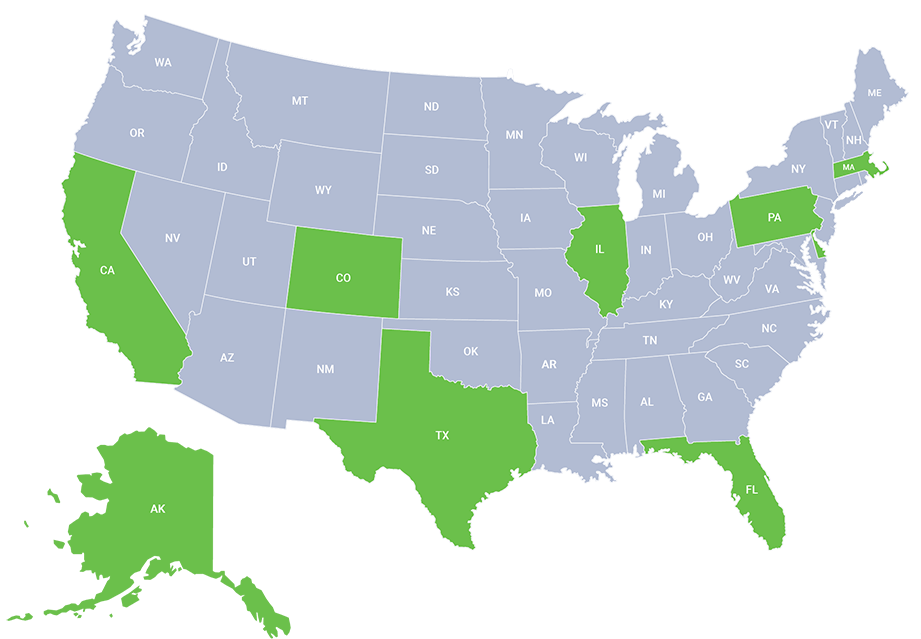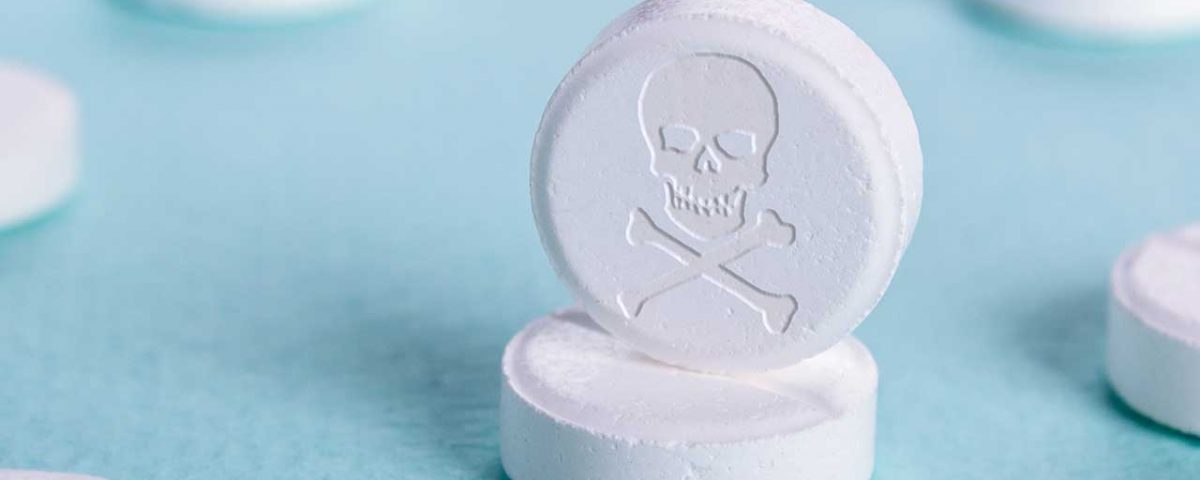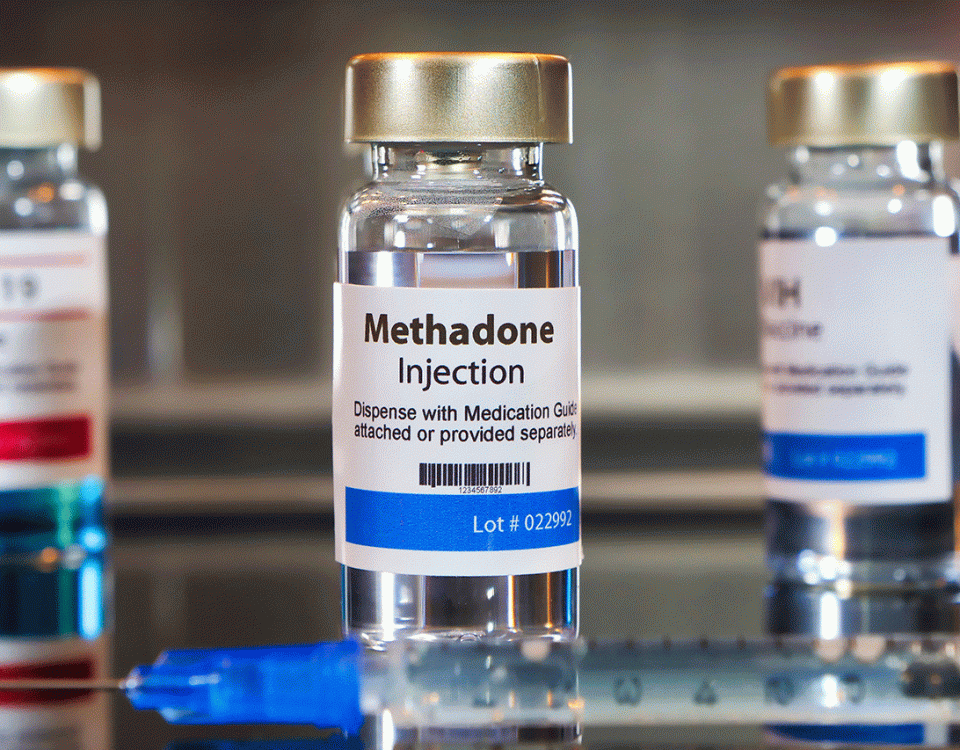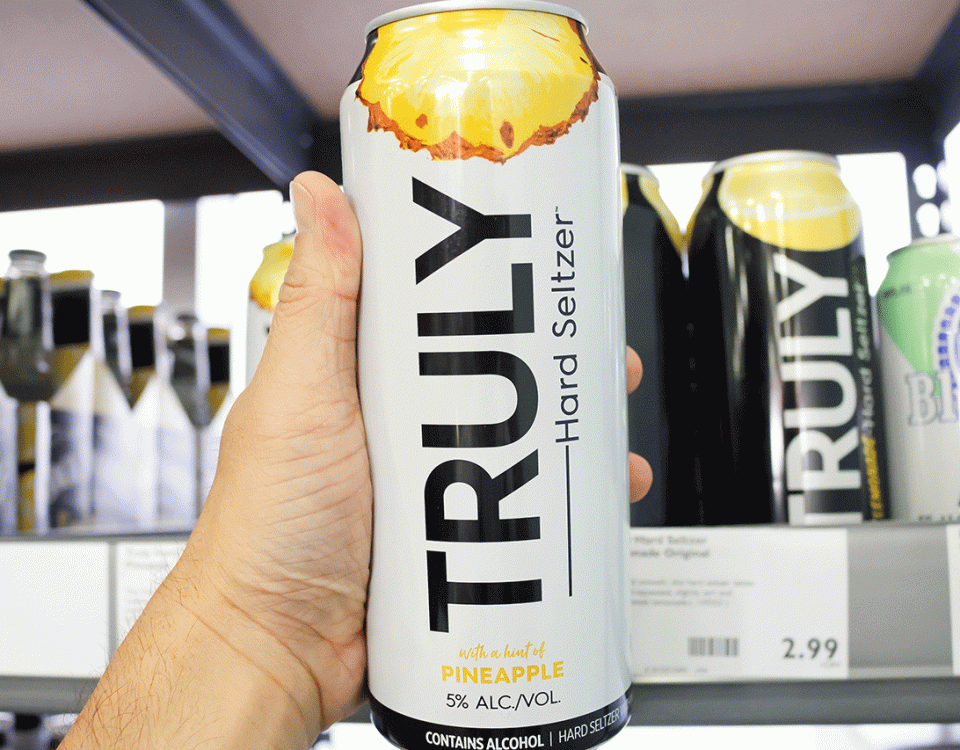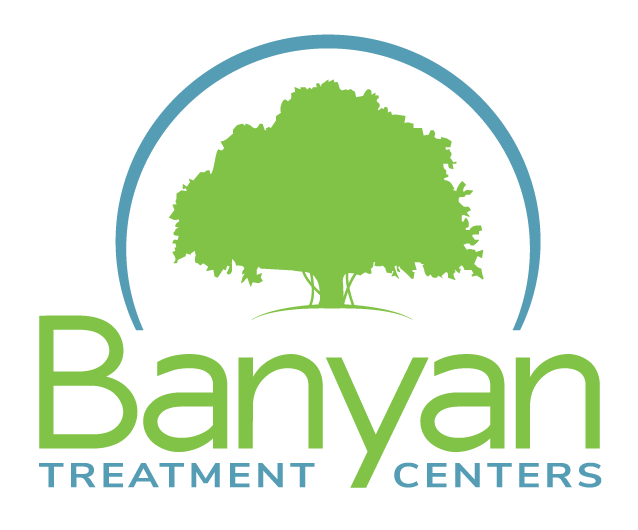For quite some time now, the Drug Enforcement Administration (DEA) has been warning the public about fake oxycodone pills that are being sold on the streets. Oxycodone is a type of prescription opioid that’s one of the many that are sold on the street for recreational use. Mainly because of the high rates of opioid use in the U.S., criminal drug networks have been mass-producing fake oxy pills and marketing them as the real thing to deceive buyers. Our Delaware rehabs are sharing a guide on fake oxycodone, how to recognize it, and the dangers of using it.
Questions about our Facilities or Programs?
Our admissions coordinators are available 24/7 to answer any questions you may have as you consider whether treatment at Banyan is right for you or your loved one.
What Is Oxycodone?
Known by brand names like Oxycontin, oxycodone is a prescription medication used to treat moderate to severe pain. It’s part of a class of drugs called opioids, which interact with receptors in the brain to alleviate pain while promoting sedation.
Like other drugs in its class, oxycodone attaches to opioid receptors to block pain signaling between the central nervous system and the rest of the body. However, in addition to their efficacy in pain treatment, opioids are also known for producing a sense of euphoria, especially when taken in high doses. For this reason, they’ve become a major source of addiction in the U.S. and drug trafficking in various countries around the globe.
Oxycodone is safest when taken as prescribed and directed by a doctor. Because increased tolerance to the drug and physical dependence occur when they’re taken for long periods, individuals who increase their doses without the okay from a healthcare provider are more likely to become addicted.
People with intense pain or underlying mental illness are also likely to abuse their opioids if they’re not closely monitored by a healthcare provider. In addition to addiction, oxycodone can also lead to short-term and long-term problems, including sedation, impaired judgment, confusion, and more. Taking high doses of opioids can also lead to overdose, which is often fatal.
Risks of Taking Fake Oxycodone or Prescription Drugs
In the U.S., an estimated 100,306 people died due to drug overdose from April 2020 to April 2021, and more than 75% of these deaths were linked to opioids. The skyrocketing opioid-related overdoses are the result of the opioid epidemic, which began in the 1990s when there was a rapid increase in the prescribing of opioids.1
This crisis continued as more people began to use heroin, an illicit opioid, as a cheaper and more readily available alternative. Nowadays, the most recent stretch of this epidemic is the increase in the availability of counterfeit pills like fake oxycontin.
Counterfeit oxycodone pills are illegally manufactured in labs, mostly using fentanyl as the active ingredient. These pills are made to look like legitimate prescription pills used to treat pain or anxiety. Fake Xanax pills are also commonly sold in the drug market.
These counterfeit pills are not only sold by street drug dealers, but they’re also being sold over the internet and delivered by mail. Drug dealers are even using social media apps to sell drugs despite the repercussions of being found out.
Common street names for counterfeit oxycodone include:
- 30s
- 40s
- 512s
- Beans
- Blues
- Buttons
- Cotton
- Greens
- Hillbilly Heroin
- Kickers
- Killers
- Muchachas
- Mujeres
- OC
- Oxy
- Oxy 80s
- Roxy
- Roxy Shorts
- Whites
Not only has opioid abuse taken a toll on society, but now counterfeit pills laced with dangerous additives like fentanyl are joining in. Fentanyl is a common cutting agent in many counterfeit drugs. It’s a highly potent opioid that’s 80 to 100 times stronger than morphine.
Just two milligrams of fentanyl – which is equivalent to a few grains of salt – is enough to kill someone.
The public needs to be aware of the fake opioid pills and other prescription drugs that are being sold illegally on the street and online. Counterfeit pills are dangerous because they’re made to mimic prescription pills.
They’re also made in clandestine labs, so determining their ingredients is nearly impossible. These pills are also made to look exactly like real prescription drugs, which also makes it nearly impossible to tell them apart.
As a result, buyers might take high doses confidently under the impression that they’ll get high. But at this rate, the pill they buy on the street could be the last one they ever take. Despite this risk, counterfeit pills are sold and seized in unprecedented quantities every year.
For instance, the DEA seized 9.5 million counterfeit pills like fake oxycodone in 2021 alone, highlighting a serious issue. DEA lab testing also revealed a significant rise in the number of counterfeit pills containing at least two mg of fentanyl.1 If it weren’t for naloxone – a medication used to reverse opioid overdose symptoms – the number of overdose deaths would be higher.
What Does an Opioid Overdose Feel Like?
Knowing the signs of an opioid overdose is crucial for timely intervention as it's a serious medical emergency. People who overdose on opioids frequently report feeling extremely drowsy, confused, and sedated. Respiratory depression becomes apparent when the overdose worsens, causing shallow, sluggish breathing or, in extreme situations, total stoppage of respiration. A blue skin staining, particularly around the lips and fingertips, may result from this respiratory suppression and signify a deficiency of oxygen.
A person suffering from an opioid overdose may exhibit extremely low energy, an inability to stay awake, and a lack of ability to respond to stimuli in addition to their medical symptoms. Friends or bystanders may observe someone who is normally less conscious and is approaching unconsciousness. Since early medical action, usually requiring the administration of the opioid-reversal medication naloxone, can save lives, early recognition of the signs of an opioid overdose is essential. If someone appears to be overdosing on opioids, they should be reported to emergency medical personnel immediately. Trained individuals can administer naloxone until medical assistance arrives. To practice efficient opioid overdose prevention, it is essential to avoid abusing these drugs, as well as ensure a pill you are taking was prescribed by a medical professional. This makes being able to decipher between real and fake oxycontin crucial.
Getting into treatment is easy with our free insurance verification
"*" indicates required fields
What Do Oxycontin Pills Look Like?
Efforts have been made to prevent counterfeiting and misuse of OxyContin pills, which have changed in appearance throughout time. The usual strengths of OxyContin pills are 10 mg, 15 mg, 20 mg, 30 mg, 40 mg, 60 mg, and 80 mg. They have a circular form and are colored based on their power. For example, the 80 mg pills are typically green, whereas the 10 mg pills are typically white. On one side of each tablet, the words "OxyContin" and the strength are imprinted.
It's important to remember that changes in production techniques or branding strategies used by pharmaceutical companies might cause physical changes in medications over time. Therefore, it is advised to check with a trustworthy source or get in touch with the pharmacist or prescribing healthcare provider for the most recent and accurate information regarding the appearance of OxyContin tablets. Additionally, people should always make sure they get their prescriptions from reputable and approved sources because they might be misused and counterfeited.
How to Identify Fake Oxycontin Pills
Fake oxycodone pills are purposely made to look like real oxycodone pills. However, considering that they’re made in illegal labs, these drugs are often made with imperfections that allow you to identify them as fake. Authentic oxycodone pills have an M in a square with rounded corners etched on one side, the number 30 above an indentation where someone could break the pill in half.
The M on counterfeit oxycodone looks different from the one on the real thing. There’s space between the lines of the letter on fake oxy pills, while the “legs” of the M on real pills are merged. The number thirty on fake oxycodone pills is also a bit bigger, and the individual numbers are further apart.
The coloring of fake prescription drugs is also often different from the real pills. They range from yellowish-white to pastel blue. The weight of pills and whether they disintegrate in water can also determine whether they’re real or fake. The best way to avoid a potentially fatal overdose or other adverse reactions that can occur from using fake pills is to not buy them at all.
Help for Opioid Addiction
Opioids are among the most addictive substances in the world. Thousands of people in the U.S. struggle with opioid abuse daily, and just as many have been personally affected by opioid-related overdose and death. If you or someone you care about is addicted to opioids or any other prescription drug, our Milford rehab center can help.
We offer opioid addiction treatment as well as treatment for different forms of prescription drug abuse. Our levels of care range from partial hospitalization to outpatient services, allowing us to help people in all stages of addiction heal. We also offer family and couples therapy at our Delaware drug rehab to help those closest to our clients learn about addiction and how they can be there for their loved ones.
No matter how far into addiction you are, we can help. Call Banyan Treatment Centers Delaware today at 888-280-4763 to learn how to get started.
Source:
- United States Department of Justice - Acting U.S. Attorney Warns of Increasing Danger of Counterfeit Prescription Opioids Containing Fentanyl

